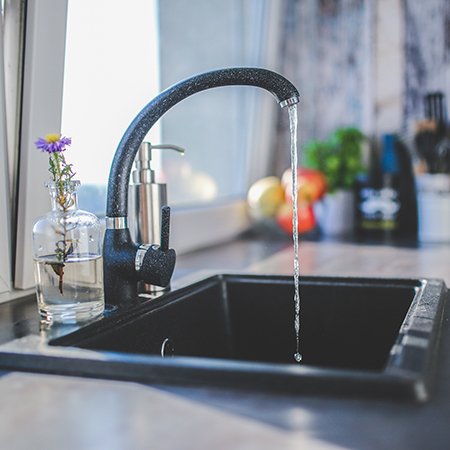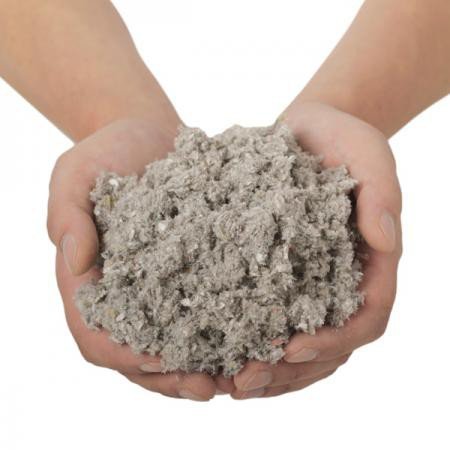
oakbydesign
01423 593 794



Many people don’t realise that eco-friendly insulation can considerably reduce a home’s carbon footprint while improving energy efficiency.
By incorporating sustainable materials like recycled denim or cellulose, homeowners can achieve superior thermal performance without the environmental cost of traditional insulation. This is just one example of how renewable resources can transform a living space into a haven of sustainability.
Curious to discover how other eco-friendly products, such as energy-efficient lighting and water-saving fixtures, can further enhance your home’s green credentials?
There’s much more to explore in the domain of sustainable living solutions.
Switching to energy-efficient lighting is one of the most effective ways to reduce a home’s energy consumption and lower utility bills.
LED bulbs, which consume 75% less energy than incandescent bulbs, are a prime example. Their extended lifespan—up to 25 times longer—minimises replacement frequency, further cutting costs and waste.
Modern LEDs also offer colour temperatures between 2700-3000K, replicating the warmth of traditional lighting.
Integrating smart technology, such as dimming and automation, allows for precise control over lighting usage, enhancing overall efficiency.
Studies confirm that these upgrades can reduce a household’s lighting energy consumption by up to 80%, making LED lighting a financially and environmentally sound investment.
Implementing solar power systems in a home is an efficient and sustainable way to reduce both energy costs and carbon footprint. Solar panels convert sunlight into electricity, providing a renewable energy source that greatly lowers utility bills.
Analytical studies reveal that households can save substantial amounts by switching to solar energy. The efficiency of photovoltaic cells has improved, now exceeding 20%, making them a viable investment.
Additionally, government incentives like tax rebates and net metering enhance cost-effectiveness. Installing solar power systems requires an initial investment, but the long-term savings and environmental benefits are substantial.
Engaging certified installers guarantees ideal performance and adherence to local regulations, securing a sustainable and financially prudent energy solution.
Following the implementation of solar power systems, another vital aspect of creating an eco-friendly home is the adoption of water-saving fixtures.
Low-flow taps and showerheads can reduce water usage by up to 50% without compromising performance. Studies show that aerators can limit flow rates to 5.7 L/min for taps and 9.5 L/min for showerheads.
Dual-flush toilets, utilising either 4.8 or 3/6 litres per flush, further enhance water efficiency. Additionally, rainwater harvesting systems can supply non-potable needs, decreasing reliance on municipal water.
Implementing these fixtures not only conserves water but also reduces utility costs. Evidence-based research confirms that such upgrades markedly contribute to household sustainability and broader environmental conservation efforts.


Choosing eco-friendly insulation for your home can greatly enhance energy efficiency while reducing environmental impact.
Materials like cellulose, made from recycled newspaper, offer excellent thermal performance. Studies show cellulose insulation can reduce heating costs by up to 25%.
Sheep’s wool, another eco-friendly option, naturally regulates humidity and resists mold. It’s effective in both hot and cold climates.
Spray foam insulation, derived from soy, provides superior air sealing, minimising heat loss.
Additionally, rigid foam boards made from cork not only insulate but also provide soundproofing benefits.
These materials are biodegradable and have a lower carbon footprint compared to traditional fibreglass.
Utilising such eco-friendly insulation options supports sustainable living without compromising on performance or comfort.
Incorporating sustainable building materials into home upgrades can greatly reduce environmental impact while enhancing overall durability and performance.
Bamboo, a rapidly renewable resource, offers strength comparable to traditional hardwoods but with a notably smaller carbon footprint.
Recycled steel, another eco-friendly option, not only reduces waste but also provides superior structural integrity and longevity.
Additionally, reclaimed wood repurposes materials that might otherwise end up in landfills, offering unique aesthetic qualities and sustainability.
Insulation made from sheep’s wool or cellulose (recycled paper) delivers exceptional thermal performance and is biodegradable.
These materials contribute to a more sustainable construction process by reducing resource depletion and minimising waste, ultimately leading to a lower environmental impact and improved home efficiency.
Telephone: 01423 593 794
Locksley Park
Blind Lane
Tockwith
YORK YO26 7QJ
Opening Times:
Mon to Fri - 9.00am to 5.00pm
Bank Holidays - Closed
Christmas 2025- TBC
Oak By Design is the trading name of:
Oak By Design Ltd.
Reg Number: 04384416
VAT Number: 664 8012 33